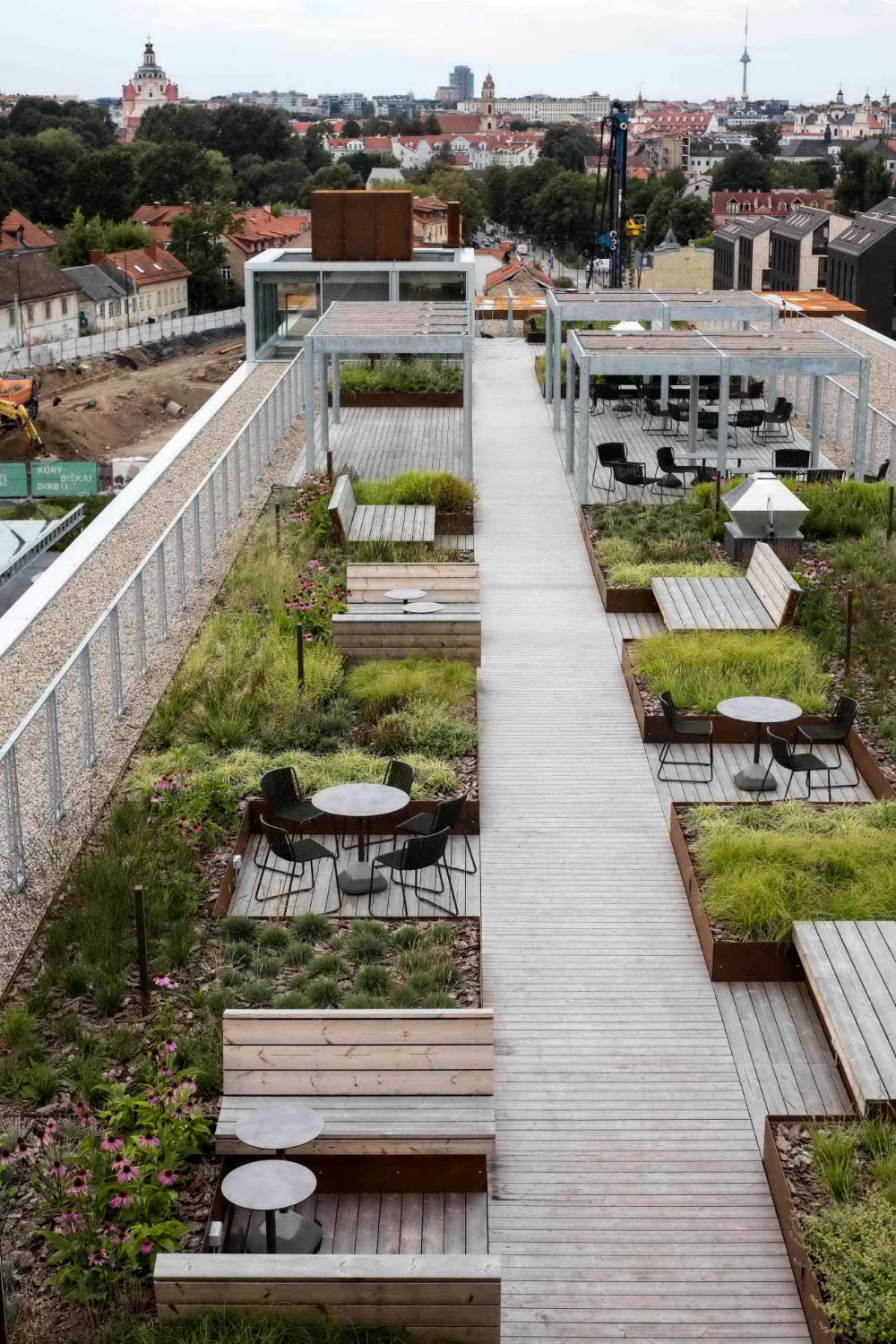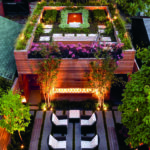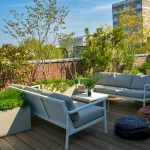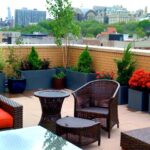Roof gardens are a popular trend in urban areas where space is limited but the desire for greenery and outdoor spaces is still strong. These unique gardens are created on the roofs of buildings, whether they be commercial or residential, and can provide a host of benefits to the property and its occupants. When it comes to designing a roof garden, there are a few key elements to consider to ensure its success.
One important aspect of roof garden design is the structural integrity of the building. Before beginning any work on a roof garden, it is crucial to have the building assessed to ensure that the rooftop can support the weight of the garden, as well as any additional features such as seating or planters. Hiring a structural engineer to conduct an assessment can help prevent any potential safety hazards down the line.
Another consideration in roof garden design is the type of plants and landscaping that will be used. Because roof gardens are exposed to different environmental conditions than traditional gardens, such as wind and sun exposure, it is important to choose plants that are hardy and can thrive in these conditions. Drought-resistant plants, succulents, and grasses are popular choices for roof gardens due to their ability to withstand the elements.
In addition to plants, incorporating elements such as seating, lighting, and water features can enhance the overall design and functionality of a roof garden. Seating areas can provide a place for occupants to relax and enjoy the outdoor space, while lighting can extend the usability of the garden into the evening hours. Water features, such as fountains or ponds, can add a calming element to the space and attract wildlife.
When designing a roof garden, it is also important to consider the overall aesthetic and style of the space. Whether it be a sleek, modern design with clean lines and minimalistic plantings, or a lush, tropical oasis with vibrant colors and lush foliage, the design should reflect the preferences and needs of the property owners or occupants. Working with a landscape architect or designer can help bring the vision for the roof garden to life.
Lastly, maintenance is a key consideration in roof garden design. Because rooftop gardens are exposed to the elements and can be more difficult to access, it is important to choose low-maintenance plants and materials to ensure the longevity and success of the garden. Implementing an irrigation system and establishing a regular maintenance schedule can help keep the garden looking its best year-round. With careful planning and attention to detail, a well-designed roof garden can transform a rooftop space into a beautiful and functional oasis in the urban landscape.
















